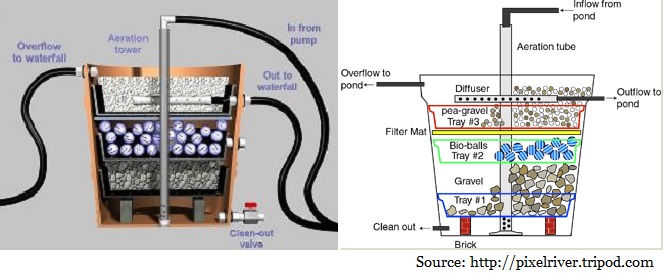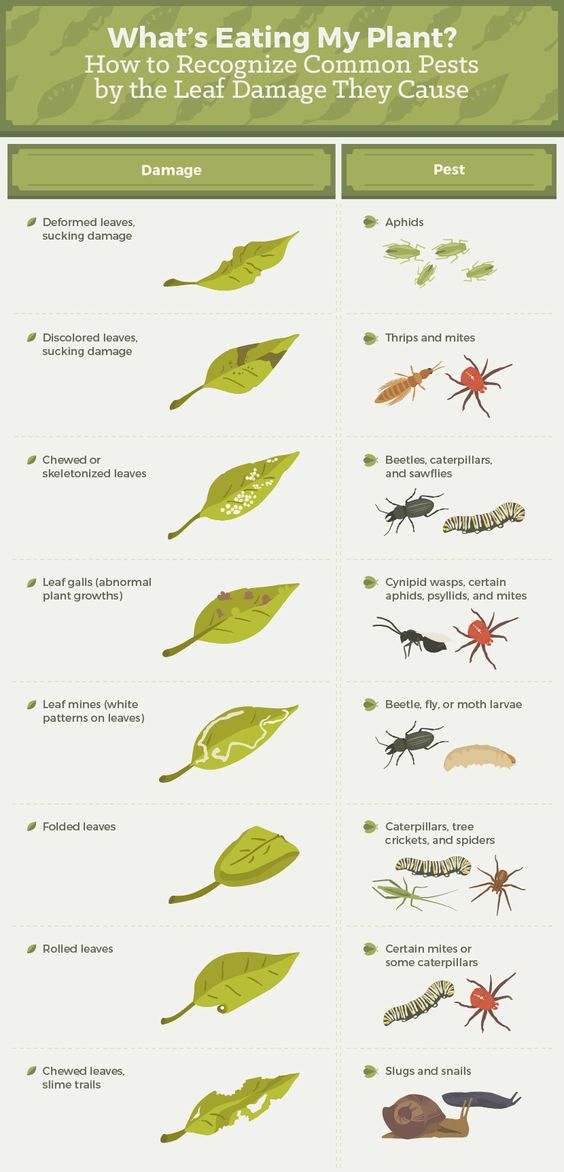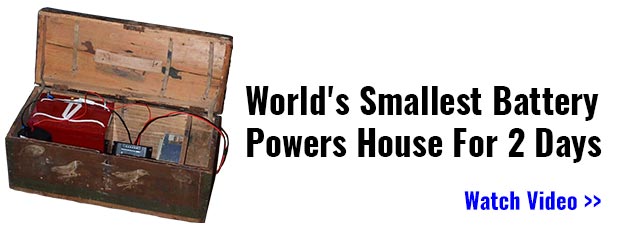In today’s modern world, robberies, shootings, muggings, and other criminal activities have become more common place.
If you don’t know what to do in these situations, the odds are you could become a victim of a shooting.
Here are some things you can do if you wind up in the middle of a shooting and need to avoid getting hurt.
Scenario 1: The Shooter is In Your Area, But Not Close to You
If you are not armed or don’t have sufficient training with the gun you are carrying, the best thing you can do is run away from the shooter and get to a safe location.
Once there, call 911 and report the incident.
3 Second SEAL Test Will Tell You If You’ll Survive A SHTF Situation
Scenario 2: The Shooter is So Close You Cannot Run Away, But You Can Still Hide
Depending on the situation, you may only have enough time to find a place to hide, but not completely leave the scene. Evaluate possible covers that will give you the most protection and also the ability to maneuver if you need to – a school, restaurant, other place of business, or a even a home.
Here’s what to do to save yourself.
Find a Hiding Spot
Find a room that is out of the shooters view and away from the path of murder, and destruction.
The room must offer some protection from incoming bullets such as thick heavy doors and walls.
Lock or Block the Door
The hiding area door should be heavy duty, lockable, and without windows (unless they are steel wire reinforced safety glass).
If not lockable, it must be possible to barricade the door closed. Use heavy items like tables and chairs, heavy storage boxes or anything else that could greatly slow the shooter down. The shooter must be made to feel that it will take too long to break into this area.
If they think it will take too long to get in, or it isn’t worth the time or trouble, they may leave the area to look for easier targets.
Put a Solid Barrier between you and the Shooter
It is always to your advantage to know as much as possible about the construction of any building that you are in.
For example, if you are in a store, is the back delivery area divided from the rest of the store by a cement wall? What about the bathrooms, specialty centers, or other areas that may have a cement or other thick wall that can be put between you and the active shooter?
If you are in a restaurant, pay attention to counters and other areas that may be fortified.
Find Safety in Small Spaces
Always know where the staircases and paths to the cellar or basement are located. There is a chance the active shooter will be pointing upward, not down while on his/her path of destruction. In addition, staircases may have closets or small rooms under them that may be built of cinder block. They may also have metal lining or some other heavy material that will make them more resistant to bullets.
Aside from that, the shooter may be looking to find as many people as possible, so there is a chance they will look for bigger, more obvious rooms instead of waste time with what looks like a closet.
While You Are Hiding in Place
Once you find a suitable location, it will still take some work to remain safe. If you have children hiding with you, they have to follow these guidelines too. You should also be teaching your children about how to hide, and stay safe when hiding as soon as they are old enough to remember and understand what you are telling them.
 Stay away from the door and make no noise. Do not talk, whisper, or pray out loud. Turn cell phone ringers and vibrators off. There must be complete silence. If someone can’t comply, gag them! Everyone’s survival depends on it.
Stay away from the door and make no noise. Do not talk, whisper, or pray out loud. Turn cell phone ringers and vibrators off. There must be complete silence. If someone can’t comply, gag them! Everyone’s survival depends on it.
These days, many people also have service animals or small pets with them. It can be very hard to keep a dog from whimpering, barking, or even growling if they sense an emotionally charged situation. If you have a service animal, practice hiding drills with them. This includes making sure they will stay as silent and still as possible until you direct them to pursue more normal activities.
Crouch behind heavy items that can offer protection from incoming fire like heavy furniture, tables, or full large shipping containers.
If there is a closet or bathroom in the room, hide in there. The additional walls will give some extra protection from gun fire. In addition, if the shooter looks into the outer room and sees no one, they may not bother to look in the other enclosed areas within the room.
Dial 911 to let the police know that there is an active shooter at your location. If the shooter is close, keep the phone line open for police to hear what is going on. Do not put the speaker phone on. Remember, you don’t want any stray sounds to give away your location.
Sometimes shooters will yell, knock on doors, and pretend to be police to fool hiding individuals to come out of hiding. Don’t open the door for any reason. If you have a cell phone with you, find out from the emergency dispatch if the police have arrived, and if they are at your door. Be as quiet as you can. Wait for confirmation before coming out of hiding.
Scenario 3: When You Can’t Get Into a Room
Consider a situation where you are in the middle area of a store, or some other area where it is not very easy to get to a room or other safe enclosure. The first thing you will have to do is decide which direction is best to go in when you have a chance.
Usually, the back of the store will have a loading area, as well as rest rooms and building maintenance rooms. Unless you are a dealing with a work place violence scenario, these rooms may be the best ones to head for. You may be very tempted to head for the front of the store, but you run the risk of being caught in the crossfire, especially if the police are surrounding the area.
Once you have a general direction to head in, you can use the aisles and anything else in the area for cover. Do not rely on the shelves or items on them to stop bullets.
Stay as low as you can to the ground, and also try to avoid aisles with anything that might explode or catch fire if a bullet hits it.
Scenario 4: Hiding Outside
Many people think that if they are outside, there is no real need to worry about the presence of an active shooter. On the other side of the equation, if the shooter sees you, they may shoot through a window or decide to go outside and see if there are other targets of interest.
You should still focus in getting as far away from the scene as possible, but it may still be necessary to hide.
Here are some things you can do:
- If you are outside and shots are being fired in your general direction, try to hide behind a concrete wall or a large dirt mound. These items offer both good cover and concealment.
- Places that offer concealment will only hide your presence, but they will not stop the bullets from hitting you. Tall grass, bushes, or even wooden signs will work for this purpose. If at all possible, lay flat on the ground so that you don’t cast a shadow. Try to pick an area that has a slight depression so that you won’t be as likely to be hit by a stray bullet. At night, you can use darker shadow areas as hiding places. Try to choose a spot where a flashlight shining won’t give away your presence.
- If there is a car nearby, try to stay near the engine area, as it is the most likely to stop the bullets. Remember, the shooter may see your feet under the car, so try to remain crouched, but keep your feet so they are not visible behind the tires.
- Deep drainage ditches with 3-4 foot diameter conduit piping can also be used as a temporary hiding place. Here you would be out of sight and hopefully out of mind.
- Getting into a storm sewer drainage system or under ground utility service tunnels may not be easy, but it will provide excellent cover and safety from a topside active shooter. Just remove the cover and drop down to safety, replace the cover if possible, and move out of the well lit areas.
What To Do While Hiding in Place Outdoors
As with hiding indoors, make sure you remain as quiet as possible. This includes making sure the cell phone ringer and vibrator are turned off.
Keep a low profile and stay down as low as possible. Do not move unless you absolutely have to.
Call 911 to give the police your location and tell them if the active shooter is still in your area. Keep the phone line open for the police to monitor the situation.
Never light matches, turn on lights, or turn on anything that might reveal your presence. This is especially important if you decide to take refuge in a tunnel, conduit, or other dark area. If an active shooter suspects that people are hiding in these locations, they may follow you in. Staying as invisible and quiet as possible will be to your advantage.
Scenario 5: Escaping While in Plain Sight of the Attacker
Even though there may be no cover available, there may still be a chance for you to escape, if you know what to do. Here are some tips that you can help you avoid as many bullets as possible:
Zig Zag Running
When running away from an active shooter, never run in a straight line. Always run in a zig zag pattern.
Doing this forces the shooter to keep changing his shooting and aiming angle.
Don’t be an Easy Target
If there are closer individuals running in a straight line, the shooter will usually switch to shooting the easier targets.
Look for the Dark Side
It is possible to use darkness or low lighting conditions to escape from an active shooter at night even if they see you. The trick here is to get the shooter to fire at something other than yourself.
Once the shooter fires, they will have just destroyed their night vision, and it will take a minute or two for them to spot you again. Use that time wisely to either take cover or travel as far away as you can. Remember to stay low and move fast.
When escaping at nighttime, be aware of how much the moon lights up the escape route. If it is a full moon, there will be enough light for the shooter to see you clearly and take the shot. If there is a new moon or no moonlight at all, the lack of lighting will help to conceal you and will make it easier to escape.
Against the Light
In daylight, try to get in a position where the sunlight is low on the horizon and behind you. Here the shooter has to deal with bright sunlight and must overcome its blinding effects to shoot at you. This kind of lighting can also produce shadows that will serve to hide you.
Find Cover
Even though the area you must run through is in plain sight, that doesn’t mean the land is totally flat or with no place to hide. There will always be little depressions or rises in the land that might be used to hide in or behind. Drainage ditches and other depressions will work for this purpose.
If there is a fire hydrant or a traffic light control box in this area, use it as a temporary cover, then move out again towards a safer location. Remember to zig zag until you reach an area of safety.
Using a storm sewer or an utility conduct service tunnel would be an excellent way to get safely across this area and beyond.
No matter whether you took refuge indoors or outside, there is still a chance that the shooter will remain close by for some time.
If you happen to be carrying a gun, or can make a weapon from something nearby, try and neutralize the shooter. Even something as simple as a broken bottle or a piece of metal can be used to injure or kill an attacker. The keys to succeeding will still include training and practice with improvised weapons as well as knowing what to look for insofar as a viable opening to use the weapon.
In today’s high crime areas it is important to know how to stay safe and not to become a victim. Learn how to be street smart, learn how and when to hide, and how to blend in with your surroundings.
Along with situation awareness, practice hiding as well as escape methods that will serve you well in time of need. It takes practice to get a survivor mindset and skills!

This article has been written by Fred Tyrell for Survivopedia.
from Survivopedia
Don't forget to visit the store and pick up some gear at
The COR Outfitters. How prepared are you for emergencies?
#SurvivalFirestarter #SurvivalBugOutBackpack #PrepperSurvivalPack #SHTFGear #SHTFBag









 Stay away from the door and make no noise. Do not talk, whisper, or pray out loud. Turn cell phone ringers and vibrators off. There must be complete silence. If someone can’t comply, gag them! Everyone’s survival depends on it.
Stay away from the door and make no noise. Do not talk, whisper, or pray out loud. Turn cell phone ringers and vibrators off. There must be complete silence. If someone can’t comply, gag them! Everyone’s survival depends on it.
















